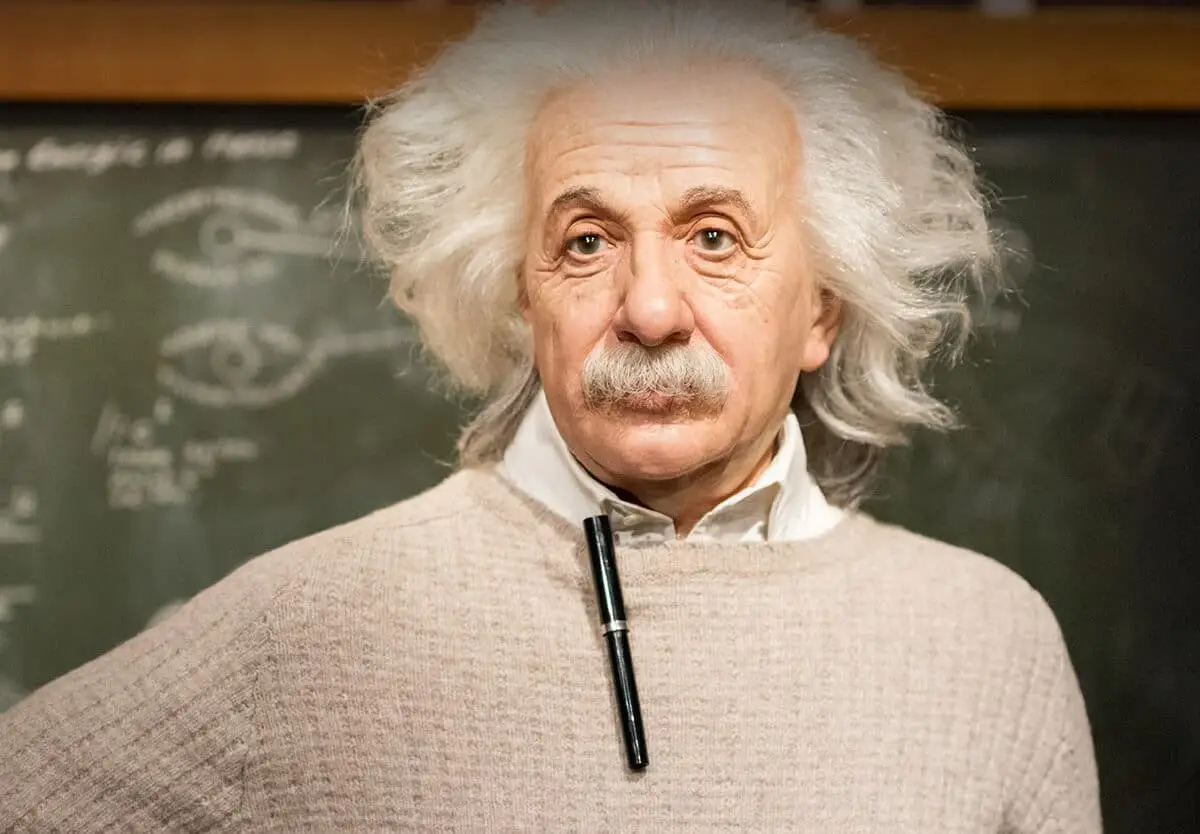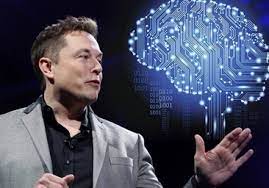- RESEARCHDistance Learning at AIU is enhanced by vast academic resources and innovative technologies build into the Virtual Campus: Hundreds of self-paced courses with video lectures and step by step lessons, thousands of optional assignments, 140,000 e-books, the Social Media & Networking platform allowing collaboration/chat/communications between students, and MYAIU develop students holistically in 11 areas beyond just academics.
- PROGRAMS OFFERED
- Areas of Study
- Courses and Curriculum
- Open Courses
- Register for a Program
- Associate Program
- Associate in Addiction Counseling
- Associate in Agriculture Food And Resources
- Associate in Anti Terrorism Security
- Associate in Behavior Analysis In Special Education
- Associate in Bioethics
- Associate in Climatology
- Associate in Cultural Theological Communication
- Associate in Culinary Arts
- Associate in Ecotechnology
- View all Associates Programs
- Bachelor Program
- Bachelors in Community Development
- Bachelors in Environmental Science
- Bachelor in Education (B.Ed, BS)
- Bachelors in Economics
- Bachelors in Entrepreneurship
- Bachelors in Financial Administration
- Bachelors in Human Resource Management
- Bachelors in Linguistics
- Bachelors in Nutritional Science
- Bachelors in Occupational Health and Safety
- Bachelors in Psychology
- View all Bachelor Programs
- Doctorate Program
- Doctor | of Biology (PhD)
- Doctorate in Business Administration (DBA, PhD)
- Doctor of Economics (PhD)
- Doctor of Electrical Engineering (D.Sc, PhD)
- Doctor of Finance (PhD)
- Doctorate in International Relations
- Doctorate in Information Technology (D.Sc)
- Doctor of Legal Studies (PhD)
- Doctor of Project Management (PhD)
- Doctor of Sociology (PhD, D.Sc)
- Doctorate in Sustainable Natural Resources Management
- View all Doctorate Programs
- Master Program
- Postdoctoral Program
- Postdoctoral in Animal Science
- Postdoctoral in Anti Terrorism Security
- Postdoctoral in Behavior Analysis In Special Education
- Postdoctoral in Bioethics
- Postdoctoral in Blockchain Technology and Digital Currency
- Postdoctoral in Business Management
- Postdoctoral in Cloud Computing
- Postdoctoral in Computer Engineering
- View all Postdoctoral Programs
AIU offers a wide range of majors in areas including the Arts, Business, Science, Technology, Social, and Human studies. More than 120 degrees and programs are available for adult learners at the associate’s, bachelor’s, master’s, doctoral and postdoctoral level. - VIRTUAL CAMPUS
Distance Learning at AIU is enhanced by vast academic resources and innovative technologies build into the Virtual Campus: Hundreds of self-paced courses with video lectures and step by step lessons, thousands of optional assignments, 140,000 e-books, the Social Media & Networking platform allowing collaboration/chat/communications between students, and MYAIU develop students holistically in 11 areas beyond just academics.
- ALUMNI
The world is YOUR campus!”, that is the message of AIU’s month magazine Campus Mundi. Hear the voices and see the faces that make up AIU. Campus Mundi brings the world of AIU to you every months with inspirational stories, news and achievements by AIU members from around the world (students and staff are located in over 200 countries).
Current Trend of the Ozone Hole
Current Trends and Challenges of the Ozone Layer
The ozone layer, located in the stratosphere, is crucial for absorbing harmful UV radiation, protecting human health and ecosystems. Human activities, particularly the release of CFCs and other ozone-depleting substances, have led to significant depletion, resulting in increased UV exposure, health risks, and ecological disruptions, particularly in marine environments.

The ozone layer is a vital component of the Earth’s atmosphere, situated in the stratosphere approximately 10 to 30 miles above the Earth’s surface. Its primary function is to absorb the majority of the sun’s harmful ultraviolet (UV) radiation, which can have detrimental effects on living organisms, including humans. By filtering out these harmful rays, the ozone layer plays a crucial role in protecting human health, preserving biodiversity, and maintaining the stability of ecosystems.
However, human activities have significantly harmed the ozone layer, primarily through the release of chlorofluorocarbons (CFCs), halons, and other ozone-depleting substances. These chemicals are released into the atmosphere and eventually rise to the stratosphere, where they undergo photodissociation. This process releases chlorine atoms that catalyze the breakdown of ozone (O₃) molecules, leading to the formation of a notable “ozone hole,” particularly over Antarctica. The consequences of continued ozone layer depletion are alarming and far-reaching.
Increased exposure to UV radiation due to ozone depletion can lead to serious health issues in humans, including a higher incidence of skin cancers, cataracts, and weakened immune responses. Additionally, elevated UV levels can harm wildlife, especially in marine ecosystems, where organisms like phytoplankton, which are foundational to the oceanic food web, are affected. The disruption of these ecological systems can lead to improper growth patterns in plants, impacting agriculture and food security.
Moreover, the implications of ozone layer depletion extend to climate change, as the loss of ozone can contribute to increased global temperatures and exacerbate existing climate issues, resulting in unpredictable weather patterns. The overall health of the planet and the future of countless species are at stake, making it crucial to address ozone layer depletion.
To combat this environmental crisis, raising public awareness about the importance of the ozone layer and the threats it faces is essential. Educational institutions, from primary schools to universities, should lead initiatives aimed at educating students about environmental conservation and specific actions to protect the ozone layer. The media also plays a pivotal role in disseminating informative content that can reach a broader audience, highlighting success stories and advocating for individual and community-level actions.
Governments worldwide must prioritize ozone layer protection by incorporating relevant policies and regulations into their national agendas. This includes enhancing monitoring systems for ozone-depleting substances, setting stricter emission standards for industries, and providing incentives for research and development of alternative substances that do not harm the ozone layer. Participation in international agreements like the Montreal Protocol is crucial for coordinated global action to protect this essential atmospheric layer.
Atlantic International University
Get to know the AIU experience
Contact Us Today!
We understand how busy adults do not have time to go back to school. Now, it’s possible to earn your degree in the comfort of your own home and still have time for yourself and your family. The Admissions office is here to help you, for additional information or to see if you qualify for admissions please contact us. If you are ready to apply please submit your Online Application and paste your resume and any additional comments/questions in the area provided.
Pioneer Plaza
900 Fort Street Mall 905
Honolulu, HI 96813
800-993-0066 (Toll Free in US)
808-924-9567 (Internationally)
808-947-2488 (Fax)
AIU Success Stories







Contact Us Today!
Begin Your Journey!
AIU’s Summer of Innovation and Growth gives you the ability to earn up to $5000 in tuition credit by completing free lessons and courses.
Whether you’re looking to acquire new skills, advance your career, or simply explore new interests, AIU is your gateway to a world of opportunities. With free access to 3400 lessons and hundreds of courses the ability to earn credits and earn certificates there’s no better time to start learning.
Join us today as a Guest Student and take the first step towards a brighter, more empowered future.
Explore. Learn. Achieve.
Degrees

Contact Us
Atlantic International University
900 Fort Street Mall 905 Honolulu, HI 96813 [email protected]
Quick Links
Home | Online Courses | Available Courses | Virtual Campus | Career Center | Available Positions | Ask Career Coach | The Job Interview | Resume Writing | Accreditation | Areas of Study | Bachelor Degree Programs | Masters Degree Programs | Doctoral Degree Programs | Course & Curriculum | Human Rights | Online Library | Representations | Student Publication | Sponsors | General Information | Mission & Vision | School of Business and Economics | School of Science and Engineering | School of Social and Human Studies | Media Center | Admission Requirements | Apply Online | Tuition | Faculty & Staff | Distance Learning Overview | Student Testimonials | AIU Blogs | Register for Program | Privacy Policy | FAQ


















